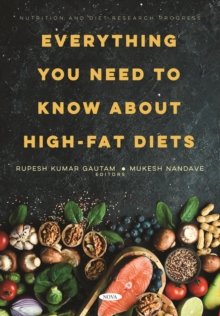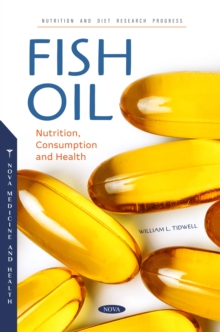
Grape Pomace in Health and Disease Prevention PDF
Edited by Veronica Sanda Chedea
Part of the Nutrition and Diet Research Progress series
Description
Vitis vinifera L. (common grapevine) cultivars are the most widely planted around the world and have a high commercial value for fresh table grapes, dried fruit, and wine.
In the winemaking process, besides the free-run and pressed juice obtained from the berries, an important quantity of a byproduct - grape pomace (GP) - is generated.
The GP represents on average 20% from the total mass of grapes taken for winemaking and typically consists of skins, stalks, and seeds.
The valorization of grape pomace is based on the concept that this matrix has good nutritional and medicinal properties for human health and disease prevention.
In this framework, the book aims to provide up-to-date information on grape pomace (GP) and its valorization through medicinal applications.
Information
-
Download - Immediately Available
- Format:PDF
- Pages:286 pages
- Publisher:Nova Science Publishers, Inc.
- Publication Date:04/01/2022
- Category:
- ISBN:9781685074258
Information
-
Download - Immediately Available
- Format:PDF
- Pages:286 pages
- Publisher:Nova Science Publishers, Inc.
- Publication Date:04/01/2022
- Category:
- ISBN:9781685074258










